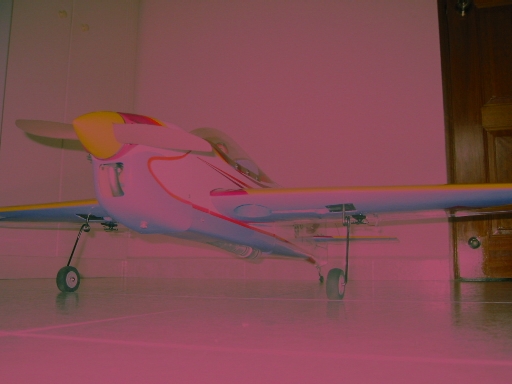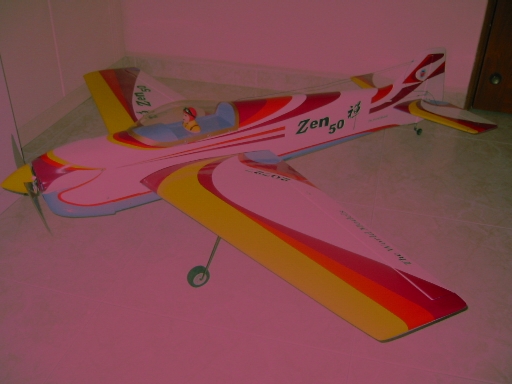Originally posted by Merciful
You MUST NOT secure the pipe with a string (even if it is temporary) because it may fall off and cause a lump on somebody's head. Your pipe should be secured at the exhaust exit end with a metal band (which normally comes with the pipe but if not can be easily made) that is afixed to a hardpoint on the fuselage of the plane. You fix the exhaust inlet end to the engine with a silicon tube secured by 2 metal bands or clips that are made for the purpose.
What I used to do was to start with a longer than normal piece of silicon tube at first and then begin to trim it down a little bit at a time until I notice the engine rev begins to spike (a jump in the peak rev). Then trim a little more to allow for the unwinding of the prop in the air (peak revs when the plane is flying in the air is slightly higher than the peak achievable when the plane is held back). Doesn't guarantee you that the engine will "go on the pipe" on your first flight with it but you'll be somewhere in the territory. So you'll have to fine tune it by trial and error. If you change the set up eg. prop, fuel etc. you'll have to find the sweet spot all over again.
Actually to be honest, I used tune pipes not so much to increase performance but to make cleaning up after flying a little less arduous

My 2 cents worth.











Comment